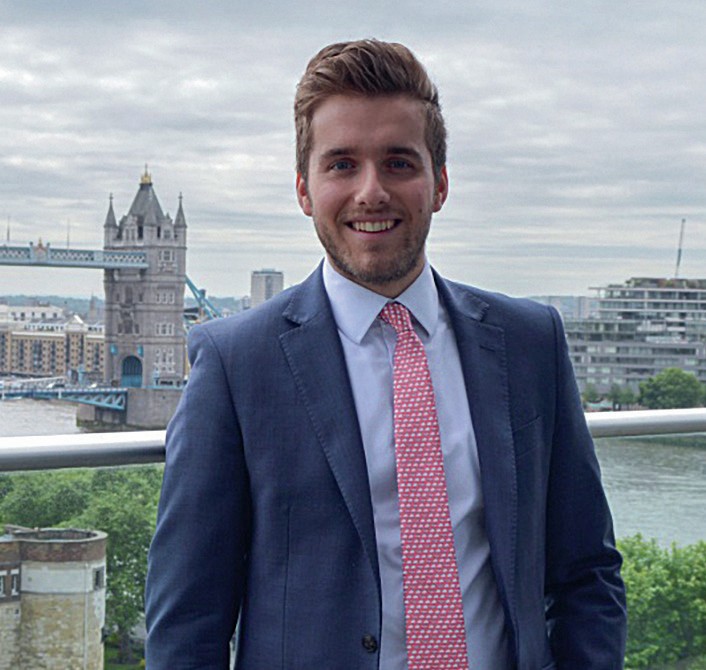
I spent my A-levels sitting on the fence between both human and physical geography, as there were aspects from both areas that excited me. In my first year at university this remained the case. However, over time my passions started to lean closer to the physical side of the subject (wading through rivers and walking on glaciers was my idea of fun!). My interests were piqued when reviewing natural hazards. I enjoyed learning not only the theory behind their formation and how they can impact such a large area of the world, but also the subsequent impact this has on communities and how they rebuild not only their literal assets, but also ‘repair’ their own community resilience. It came to the end of my third year and I had a choice: there was a temptation to study a Master’s degree in climatology and meteorology (with an end-goal to become a weatherman), or I could enter the world of work. Eventually I considered where I could assist in helping the resilience of communities (from small business owners to whole towns/cities). That’s when I started to think about insurance — an industry that allows individuals and businesses to transfer their risk to someone else should an unfortunate event happen. Suddenly my mindset changed from wanting to help predict the weather to how we can react and transfer the risk following catastrophic weather events.
It is common for those in insurance to say they ‘tripped and fell’ into the industry. This was partly the case for me as my degree almost pushed me in a very different direction. However, after going to school near the famous Lloyd’s of London (a ‘marketplace’ where over 100 insurers and brokers transact insurance business), it was always somewhere I found myself drawn back to. I was fortunate enough to join the world’s largest insurance broking house on their graduate programme.
Your organisation does not have access to this article.
Sign up today to give your students the edge they need to achieve their best grades with subject expertise
Subscribe



